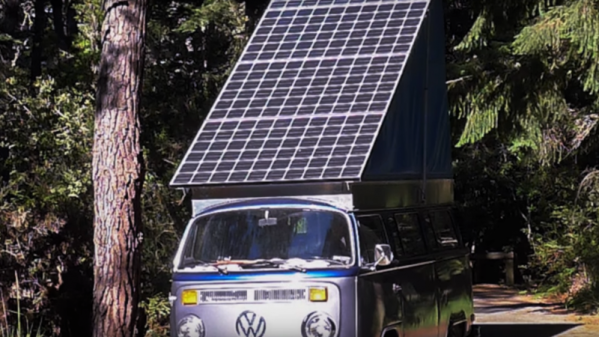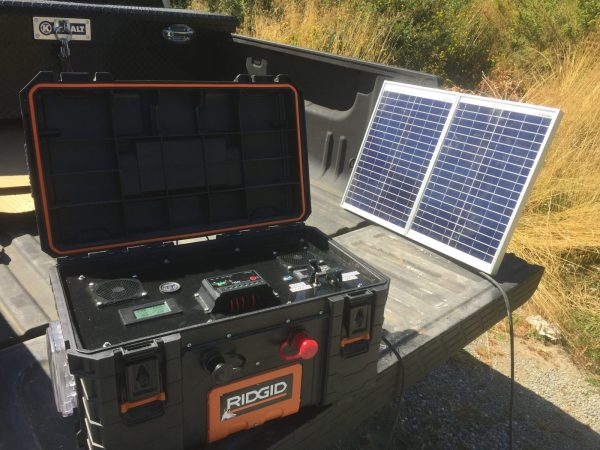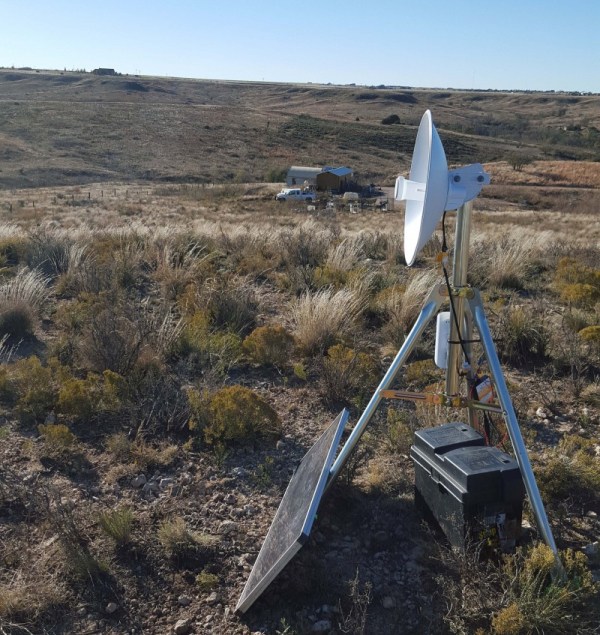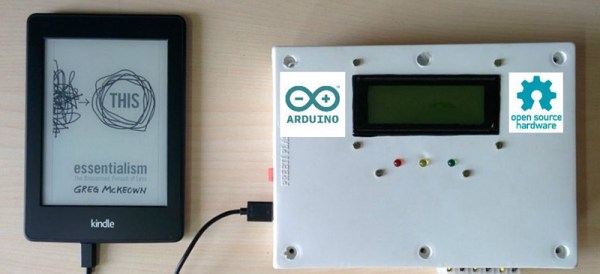A few years ago, [Lukas Fässler] needed a solar charge controller and made his own, which he has been improving ever since. The design is now mature, and the High Efficiency MPPT Solar Charger is full of features like data logging, boasts a 97% efficiency over a range of 1 to 75 Watts, and can be used as a standalone unit or incorporated as a module into other systems. One thing that became clear to [Lukas] during the process was that a highly efficient, feature-rich, open-sourced hardware solution for charge controllers just didn’t exist, at least not with the features he had in mind.
Data logging and high efficiency are important for a charge controller, because batteries vary in their characteristics as they recharge and the power generated from things like solar panels varies under different conditions and loads. An MPPT (Maximum Point Power Tracking) charger is a smart unit optimized to handle all these changing conditions for maximum efficiency. We went into some detail on MPPT in the past, and after three years in development creating a modular and configurable design, [Lukas] hopes no one will have to re-invent the wheel when it comes to charge controllers.


























